Yoga and Meditation in Nepal
People earns money, they earns fame for themselves, but they do not earn peace. In fact, ambition is the source of misery. But, without peace of mind, life is not meaningful. Meditation and yoga have been practiced all over the world in search of happiness.
Meditation and yoga make the body and mind healthy. There is a spiritual feeling in a healthy body and mind.
Peace of mind can be found in Nepal through meditation and yoga. Spiritual tourism is possible in all parts of Nepal's mountains, hills and plains. Yoga and meditation can be practiced not only in Hindu and Buddhist temples and monasteries, but also in the heavens like Rara and Khaptad.
Meditation centers have been opened in major cities of Nepal like Kathmandu, Pokhara, Chitwan and Lumbini. Spiritual practice is done by serving on vegetarian food.
Whole Nepal is consider as a land of gods. Yoga and Meditation can be practice on the evert hillsides of the himalayas.

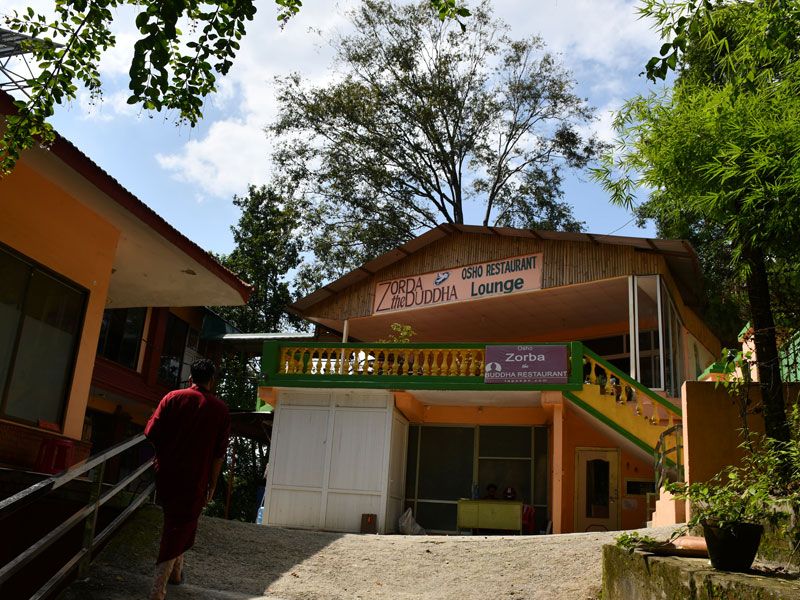
Osho Tapovan
Osho Tapovan is an international commune located in the Nagarjuna forest of Kathmandu. Osho's tomb, Rajneesh Dhyana Kendra, Shivpuri Baba's Dhyana Mandir are the main attractions here.
The meditation method founded by Osho is taught in Tapovan. There is a good arrangement of fooding and lodging is available for those who meditate in Tapovan. Sadhana begins here in the morning with yoga practice. After that, active meditation is practiced and silent meditation is done. Aarti is performed in the evening after Kundalini meditation. After the meal, there is meditation and chanting at night. Time is spent in sadhana.
Arvinda Ashram
There is an 'Arvinda Yoga Temple' near Thankot in Kathmandu. Karma Yoga and spirituality are practiced here. The ashram (1,480 m) is spread over 22 ropanis land. The ashram produces organic vegetables. Thangka art and Bharat Natyam are taught in Ashram.
The Ashram atmosphere is calm where Arvinda's mausoleum and Hanuman temple lies in its premises. You can stay here and practice Sadhana for weeks where Guru Ram Chandra Das runs a meditation camp. Having lived in Pondicherry, India with Arvind for 12 years, Ram Chandra opened an ashram in Nepal.

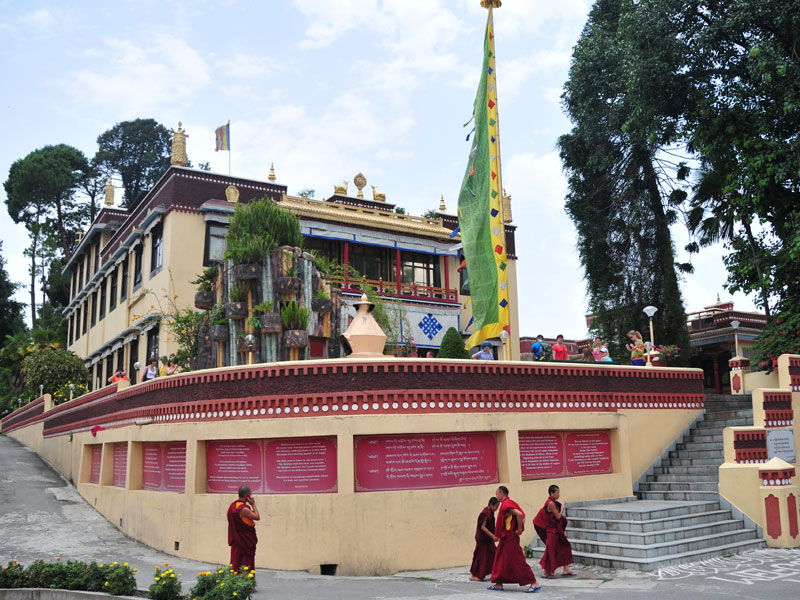
Kapan Gumba
Forgetting worldly worries, meditatation brings spiritual happiness and increases energy in body and mind. Kapan Gumba in Kathmandu has different places to eat, stay and meditate. Lama Jopa Rinpoche built the Kapan Monastery in 1970 for study and meditation purpose. Children are also given free Buddhist education in monastery.
Vipassana Meditation
There are six Dhammashringa Nepal Vipassana Centers in Budhanilkantha, Kathmandu. Guru Satyanarayana Goenka has spread meditation based on the Buddhist methodology all over the world. There are such centers in different parts of Nepal including Kathmandu.
Vipassana is the way to get rid of all kinds of sorrows. As the practice of meditation increases, the mind becomes free from disorders, anger, hatred and infatuation decreases. So every religion, class and denomination can practice it.
Meditation camps are conducted on the 1st and 14th date twice a month for ten days. You have to remain silent during the sadhana period. The seeker should follow the rules of not stealing, not committing violence, not lying, not having sex and not smoking and not drinking.

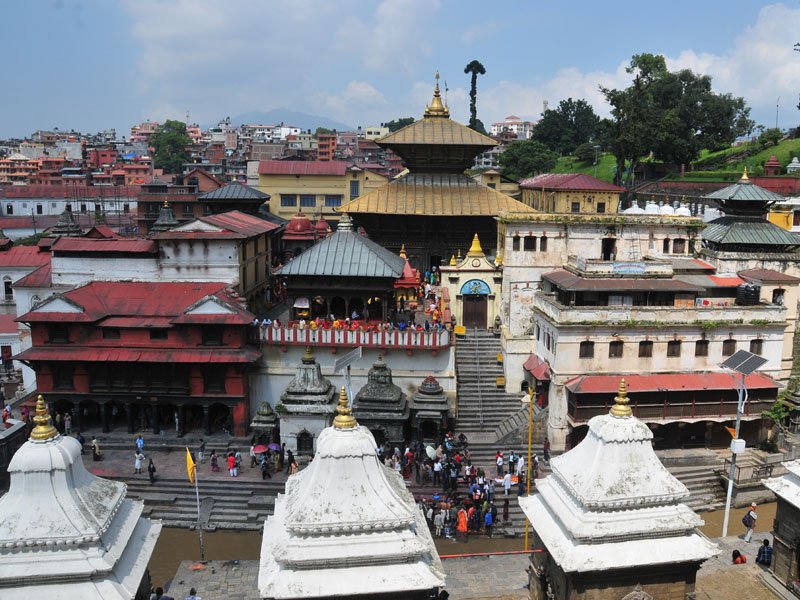
Pashupatinath
Aradhyadeva Pashupatinath premises of Hindu religion has Suryaghat on the banks of Bagmati and there are caves. Guru Gorakhnath, Shivpuri Baba, Khaptad Baba and others performed sadhana in these caves. Nowadays, these caves attracts spritual tourists.
The Pashupati Area Development Fund is developing 10 caves in the Suryaghat area as meditation centers. The caves of Suryaghat are considered important for sadhana as it faces east and Bagmati flows in the east. It is mentioned in the scriptures that it would be better to return to the east from the cave of Bagmati and donate in the morning.
Meditation centers have also been set up in the mandapa in Mrigasthali and Vishwaroop areas. Similarly, Pashupat Yoga Sadhana Kendra has been set up at Panchadeval in front of Pashupati's southern gate. The center provides information on Pashupatinath religion. Yoga is also taught to foreigners there. The yoga taught by Lord Shiva was Pashupat.
White Gumba
Druk Amitav Mountain is the real name of the monastery located on the hill west of Swayambhunath, Kathmandu. The founder of white gumba is Gyalbang Rimpoche. The Gumba area of gumba spread over 7 hectares. The nuns stay there and practice Buddhism, meditation, yoga, and worship. Meditation and philosophy are taught here. Tourists stay here for a week to months. Tourists can participate in the worship, meditation and mantra-chanting of the monastery.

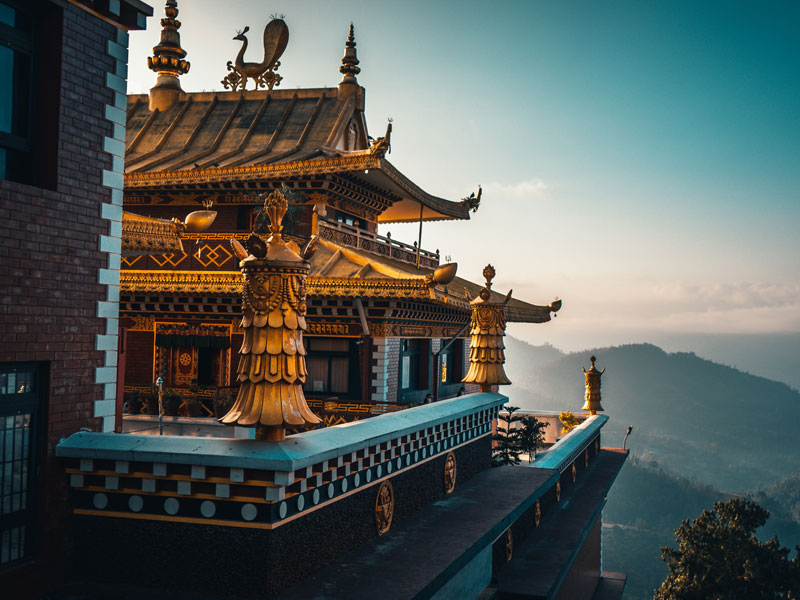
Namo Buddha
The four major Buddhist pilgrimage sites in Nepal includes Bouddhanath and Swyambhunath in Kathmandu, Namobuddha in Kavre and Lumbini. Gautama Buddha has pervious birth under Shakyamuni in Kavre. He has donated his flesh to tigress here. The same place is called Namo Buddha.
It is confluence of spirituality, nature and culture. The environment here is cool, calm and clean. The prayer flags are seen fluttering in the air. Monks dressed in pink. Stupas, monasteries, hostels, libraries, clinics, etc. are very colorful and vivid.
On hilltop is the Thangu Tasi Yangche Gumba, which has become a center for studying Buddhist philosophy. Meditation classes are conducted here regularly. Gumba has a guest house and restaurant to those who meditate and practice.
Lumbini
Lumbini is the birthplace of the Gautam Buddha. Buddha means 'awakened man'. Leaving the pleasure life of the royal palace Siddhartha Gautam has waken up. Giving up greed, jealousy, pride, lust and anger. He became famous for sharing peace mantras.
Gautam Buddha was born in 623 BC as the first child of King Suddhodana and Queen Mayadevi of Kapilavastu under the Bodhi tree. Mayadevi gave birth to Siddhartha near Pushkarini Pond on her way to maternal home at Devdaha from Tilaurakot Durbar .
There is a Mayadevi temple in Lumbini. The temple contains ruins from the third century BC to the seventh century BC. The memorial stone of Siddhartha is there. Different countries have built monasteries where you can staty and practice yoga and meditation. Food and accommodation facilities are available in Vihars.

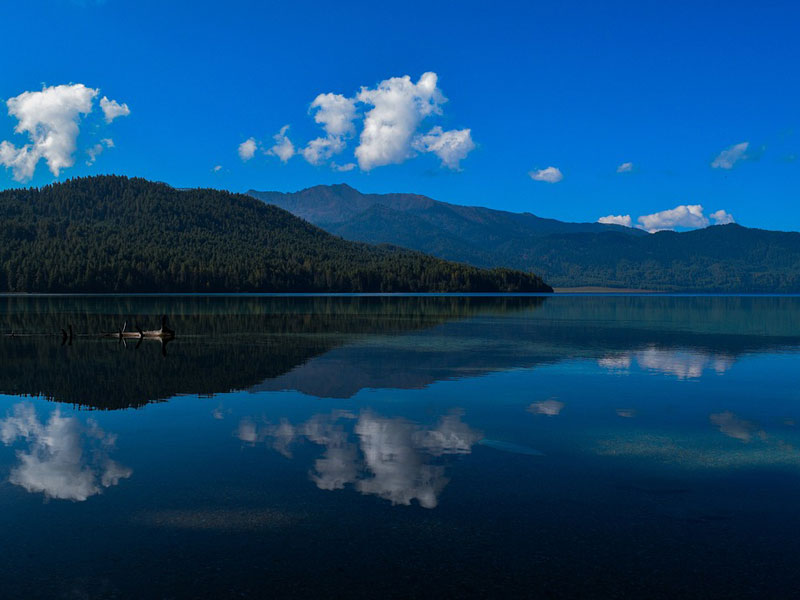
Rara Lake
Rara Lake in Mugu district is the largest lake of Nepal. The color of the water changes from time to time.The water colour turns blue, sometime to black and white too. The color of the lake changes with the color of the sky. When the sky is black with clouds, the water of the lake looks black and turns blue when the sky is blue.
The government established Rara National Park in 2032 BS. Its total area is 106 sq km. Rara is a small valley surrounded by forest, middle of the lake is 167 meters deep, 5.1 km long and 2.7 km wide. The length of the shore is 14.6 km.
Yoga and meditation can be practice by sitting on the shores of Rara Lake.
Muktinath
Muktinath is a common pilgrimage center for both Hindus and Buddhists. Believers from both religion interpretes the same statue inside the temple in their own way. Hindus consider the original idol to be Bishnu, where idols on the right and left of Bishnu are worshiped as Lakshmi and Saraswati.
The idol that Hindus consider to be Bishnu is worshiped by Buddhists as Luwang Galbo, or the king of Nag. The idol on the left and right of Luwang is Nagdevi. Beside him are statues of Buddha and eagle.
Hindu Brahmins regularly worship, while nuns (Jhuma or aani) of the Buddhist community. Both religions believes visiting there Muktinath temple will cleanse away sins by bathing in the 108 stream and the pool.
Trekkers who passes through Thorang la via Manang or those who visit Lomanthang reaches Muktinath. There is Narasimha Gumba in Muktinath. Inside the Gumba is a statue of Guru Padmasambhava who has meditated while staying at Muktinath.
Meditation and yoga can be practiced while staying in Muktinath.


Halesi
Halesidham is a holy place in Khotang district where Guru Padmasambhava became Chiranjeebi after staying and meditating here. In particular, Halesidham is a common pilgrimage site for Hindus, Buddhists and Kiratis. Halesi Khotang is associated with Hindu god Shiva, Buddhist guru Padmasambhava and Kirati ancestor Raichhakule.
There are two big caves in Halesi including other smaller caves nearby. Lights are lit and meditation is done in the cave. Adjacent to the cave are the Maratika Chhimet Kshimet Tagten Xholing Monastery and the Ganesh Temple. To the west of Halesi Cave is Basaha Cave. The mountain with the cave is considered by the Buddhists to be Avalokitesvara parbat.
Panchase
Panchase Hill (2,517 m) is located near Pokhara Valley. From here, you can see the long range of mountains - Dhaulagiri, Annapurna, Gangapurna, Hiunchuli, Machhapuchchre, Lamjung and Manaslu mountain ranges.
There are five sacred takuras in Panchase. Siddha Varaha, Panchsheel Buddha, Kuti, Panchkoshi Lake and other heritage are main attractions here.
The Biodiversity Garden spreads over an area of 5,500 hectares. The Panchase area is at an altitude of 784 to 2,517 meters above the sea level. There are more than 600 species of plants and herbs in panchase areas.
Panchase is a great destination for yoga trek. There are hotels at Panchase Base Camp Bhanjyang (1,640 m).

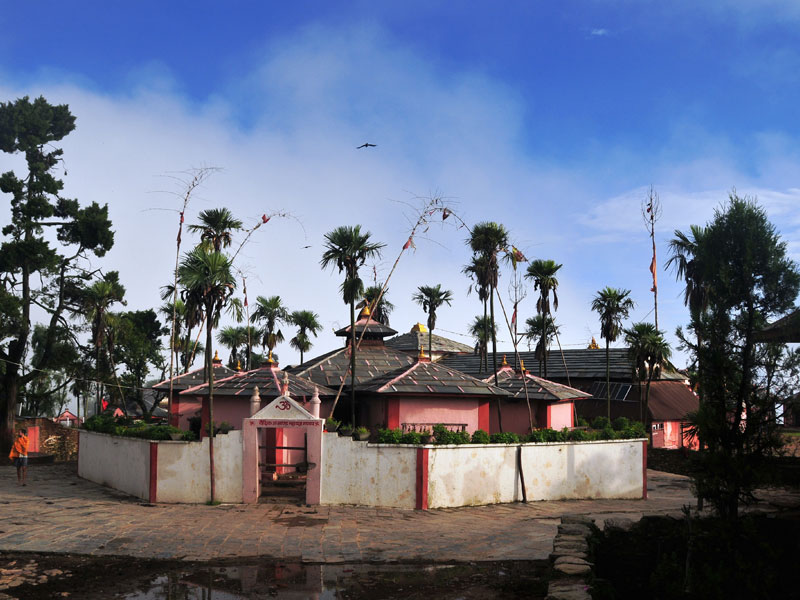
Swargadwari
Another beautiful center of spirituality is Swargadwari in Pyuthan district. From this hill, one can see the long ridge of the snow-clad mountain. However, Swargadwari is more famous for its religious reasons than its natural beauty.
Swargadwari (2,048 m) is considered a holy land. According to Hinduism, Brahma performed mediation here. It is believed that five Pandavas had gone to heaven from here. There is a legend that it is called Swargadwari as it is the door to heaven.
There is a shrine at Swargadwari. There are idols of Panchayana Devdevi, Ganesh, Surya, Vishnu and Shiva. Fire pit (agnikunda) in four directions. Smoke keeps coming from the main kunda in the middle. Young brahmin performs Pooja, Veda, Bhagavata, Havana and Rudrabhishek.
There are hundreds of cows in Swargadwari. There is a Gurukul school. Veda, Rudri, Chandi and grammar are taught there. There is a statue of Mahaprabhu near the shrine. The same Mahaprabhu has started an akhanda mahayagya here for the welfare of the world.
Sworgadwari is full of religious heritage, history and natural beauty. It is a center of yoga, meditation and spirituality.
Let our experts guide you to your perfect Holiday.
We’re here to get you on your way! Contact our experts who will guide you as your journey into the Himalayas.
+977-1-4531445
Destinations
Experiences
Website by Curves n' Colors
